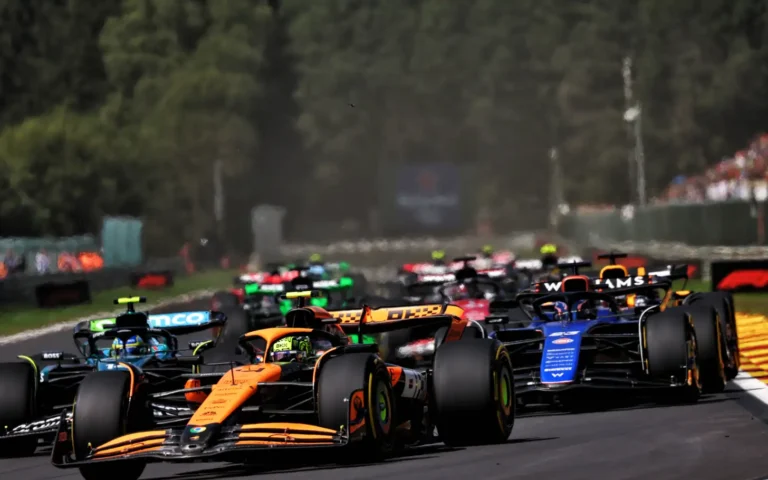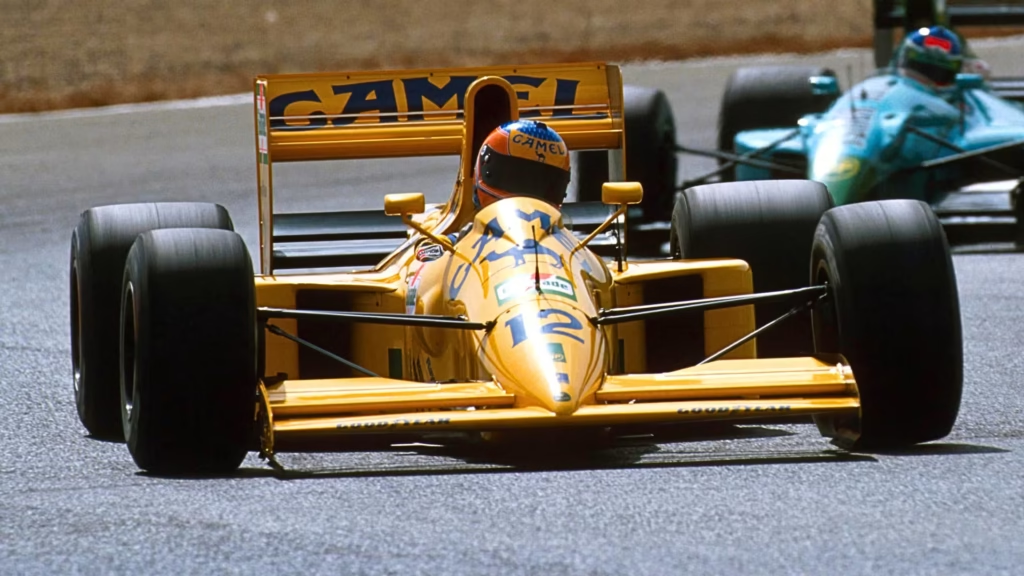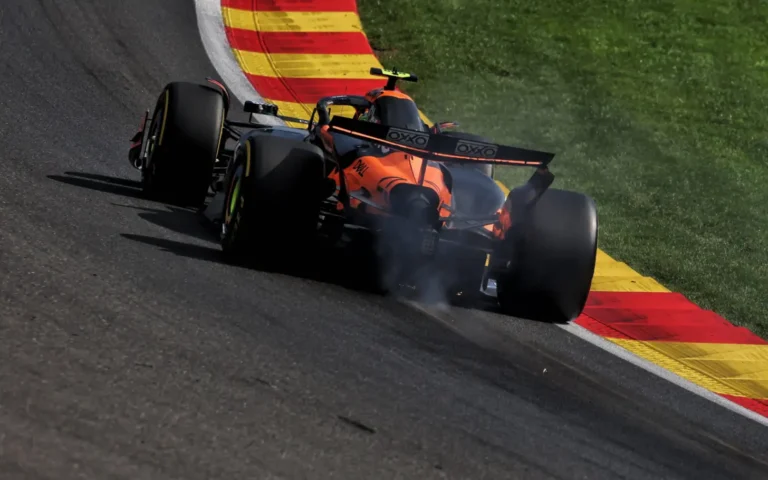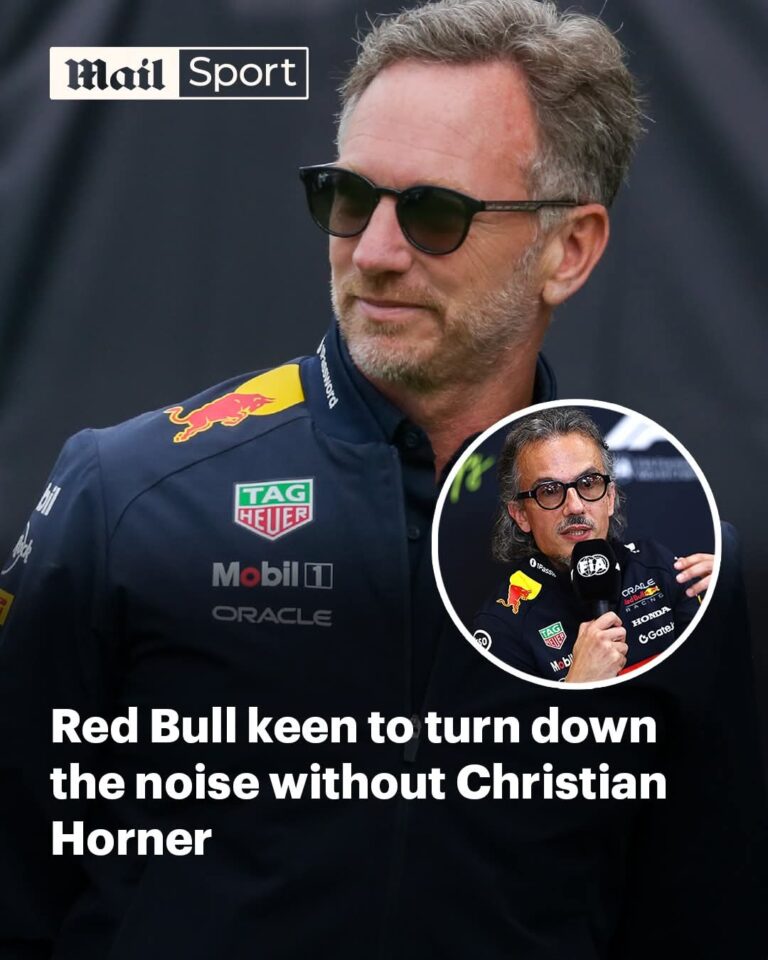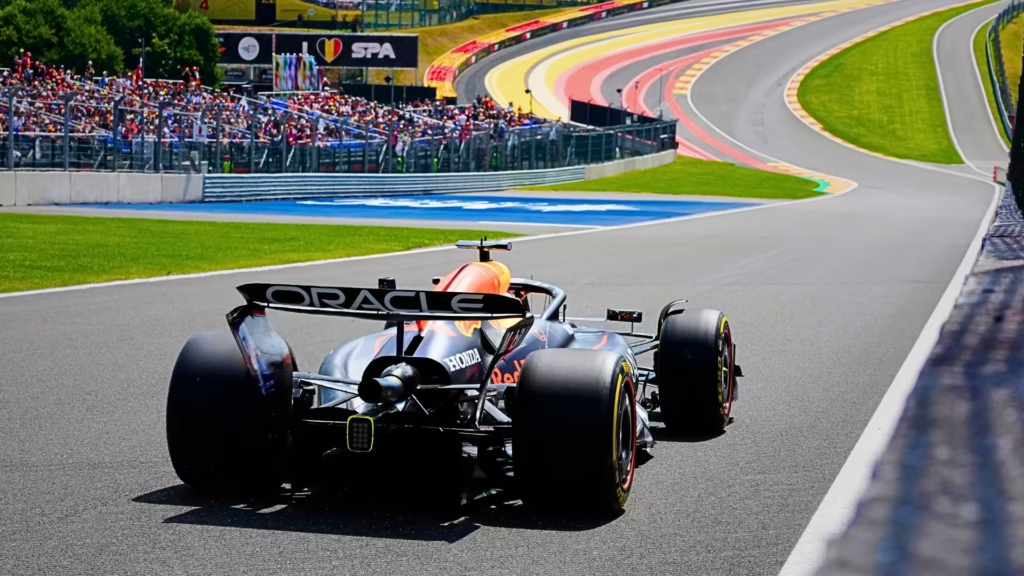
The 2025 Belgian Grand Prix promises to be far from predictable despite McLaren’s strong qualifying performance, with Lando Norris taking pole and Oscar Piastri beside him in P2. The race’s complexity lies in the expected weather changes, tyre degradation, and differing car speeds down Spa’s long straights—factors that could shake up the order. While Norris might not be thrilled by the unpredictability, strategic minds like Piastri or Max Verstappen, who starts fourth, could take advantage. The race is likely to be shaped more by smart decisions and adaptability than outright qualifying pace.
Looking back at the 2024 edition, the race was a two-stop affair with drivers like Hamilton, Piastri, and Leclerc all favoring a medium-hard-hard tyre strategy. However, George Russell initially appeared to have won with a bold one-stop call, only to be disqualified for being underweight. Fernando Alonso managed a tough one-stopper too, while others like Verstappen and Ricciardo mixed things up with different sequences. The diversity in strategies made for an exciting race where tyre choice and timing played a crucial role.
For 2025, Pirelli has changed the tyre compounds, bringing the harder C1 into play alongside C3 and C4. Their simulations indicate that the fastest strategy involves two stops—starting on softs followed by two stints on mediums—with unusually wide pit windows between laps 12–31. This differs from last year, where soft tyres weren’t a favored option. The compound resilience this season opens up new opportunities, especially for teams that can keep tyres in good condition across varying track temperatures.
For teams in the top 10, choosing between a one-stop or two-stop strategy might come down to mid-race assessments. While the two-stop appears slightly quicker on paper, managing a one-stop soft-to-medium race is possible, especially with cooler temperatures expected on Sunday. According to Pirelli’s Mario Isola, the one-stopper would demand careful tyre management, but remains a viable path to success depending on how the race evolves.
Those starting further back may still have a shot at a strong result due to Spa’s overtaking potential and long straights. Unlike previous years where grid penalties caused mixed lineups, this year’s spread is down to raw qualifying results. Fast cars throughout the field could capitalize on cleaner air or tyre delta advantages as the race progresses. A medium-to-hard one-stop strategy, while not the fastest, offers a stable alternative—especially if the forecasted morning rain alters track conditions. With Spa’s ever-changing weather in play, flexible and reactive strategies may define the race outcome.
